Tariffs continue to dominate the auto industry, manufacturers around the world struggling to figure out formulas that will minimize the impact on consumers – and U.S. sales – while avoiding budget-busting new costs that could send their balance sheets deep into the red. Here are some of the latest developments.
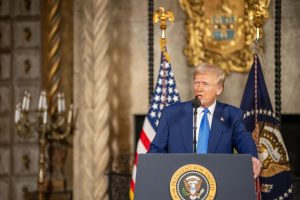
The new Trump tariffs are expected to impact the price of new vehicles sold in the U.S., wherever they are manufactured.
In what could prove to be some of their most critical decisions in years, automakers are facing the challenge of coming up with strategies to cope with the added costs they’ll soon start facing under the new tariff program announced by President. Donald Trump.
Various estimates suggest that even U.S.-made products could face tariffs running several thousand dollars because of the reliance on foreign-made parts. The typical SUV is expected to generate $3,000 or more in tariffs, according to Anderson Economic Group. High-end vehicles, like a Bentley Bentayga, could generate tariff penalties of $100,000 or more.
Some manufacturers have now said they will absorb tariffs, hoping to spare customers the added pricing pain at time when vehicle costs are at near-record levels. Others will simply advise buyers of what tariffs are adding on their Munroney window stickers. Still others are looking at blended strategies that might spread costs out, depending upon the price sensitivity of specific segments.
Here’s what we’ve so far seen, including some of the latest developments.
Holding the Line
A number of manufacturers have so far said they will not raise prices and will absorb tariff costs, these include Hyundai, with its “Customer Advantage” program, Korean sibling Kia, and Japanese giant Toyota.
Ford has launched an “employee-pricing” program that will mean sizable discounts on many models, though it has not indicated any plan to actually absorb tariffs – either for employees or retail customers.
Though Mercedes-Benz built about 146,000 vehicles in the U.S. for domestic consumption last year, imports still accounted for more than half of its total sales of 324,528 cars, trucks and crossovers. It currently plans to hold prices at current levels for the rest of th 2025 model-year, it said this week.
Plans could change
But considering a high-end version of an S-Class might cost the German maker more than $20,000 in tariffs, its probably no surprise that it reserves the option to change plans. “We continue to monitor the situation closely, are evaluating all options and will adjust to changing market conditions and the competitive landscape if needed,” spokesperson Michael Minielly told Automotive News.
In a number of cases, automakers plan to hold the line on prices only temporarily. The Hyundai Motor Group plan extends only until June 2.
And while BMW said it is also holding prices at current levels that only covers sales through the end of this month. That means the announcement actually covers mostly vehicles already in the U.S. and not subject to tariffs, anyway.
Mazda CEO Jeff Guyton told Headlight.News it has yet to formalize tariff plans but can’t afford to “swallow” the added costs. The executive said Mazda is watching the competition but may spread the pain around a bit, minimizing tariff-based increases on its most “price-sensitive” products, such as the CX-30 crossover.
Consumers aren’t the only ones automakers are thinking about. Mazda said its tariff strategy may include ways to assist suppliers. Stellantis also plans to help reduce the tariff burden on parts and component manufacturers.
More Tariff News
- Mazda May Spread the Pain to Reduce Tariff Impact
- UAW Pres. Backtracks on Trump Tariff Support
- Tariffs Could Lower 2025 U.S. Car Sales by 1.8 Mil
A big hit to sales
A new study by Telemetry Research estimated U.S. new vehicle sales could tumble by 1.8 million this year after getting off to an initially good start. That would translate into volumes of just 14.2 million, closer to what the country saw in the midst of the COVID pandemic. At about 16 million last year, the industry had its best sales since setting a record of 17.1 million in 2016.
A separate study by French data tracker Inovev estimated European vehicle exports to the U.S. could drop by as much as 200,000 for all of 2025. That would be down from 900,000 last year.
As the world-wide battle over tariffs continues to unfold, the European Union has offered to remove tariffs imposed on imported American Automobiles. But President Donald Trump said during a White House press session the does not go far enough. The Trump administration also wants the EU to remove other features of the European automotive trade such as the VAT taxes applied when new vehicles are sold, and to find a way to eliminate the EU $50 billion trade surplus with the U.S.
White House spat grows nasty
Peter Navarro, President Donald Trump’s principal advisor of trade, said the tariffs are designed to encourage European automakers to build more vehicles in the U.S. Navarro also indicated Trump wants European automakers, who have gained substantially from the wide-open U.S. market, to not only assemble more cars in the U.S., but engines and transmissions, as well.
As for Elon Musk, the Tesla CEO-cum-head-of DOGE, the president’s cost-cutting department, he has called for a complete elimination of bilateral U.S.-European tariffs.
Musk has also gotten into a nasty spat with Navarro, declaring the trade chief “truly a moron,” and “dumper than a sack of bricks.”
Navarro fired back during an interview on CNBC, dismissing Musk as a “car assembler.”
“When it comes to tariffs and trade, we all understand in the White House — and the American people understand — that Elon is a car manufacturer, but he’s not a car manufacturer. He’s a car assembler,” Navarro said. “He’s a car person. That’s what he does, and he wants the cheap foreign parts.”
Paul A. Eisenstein contributed to this report.

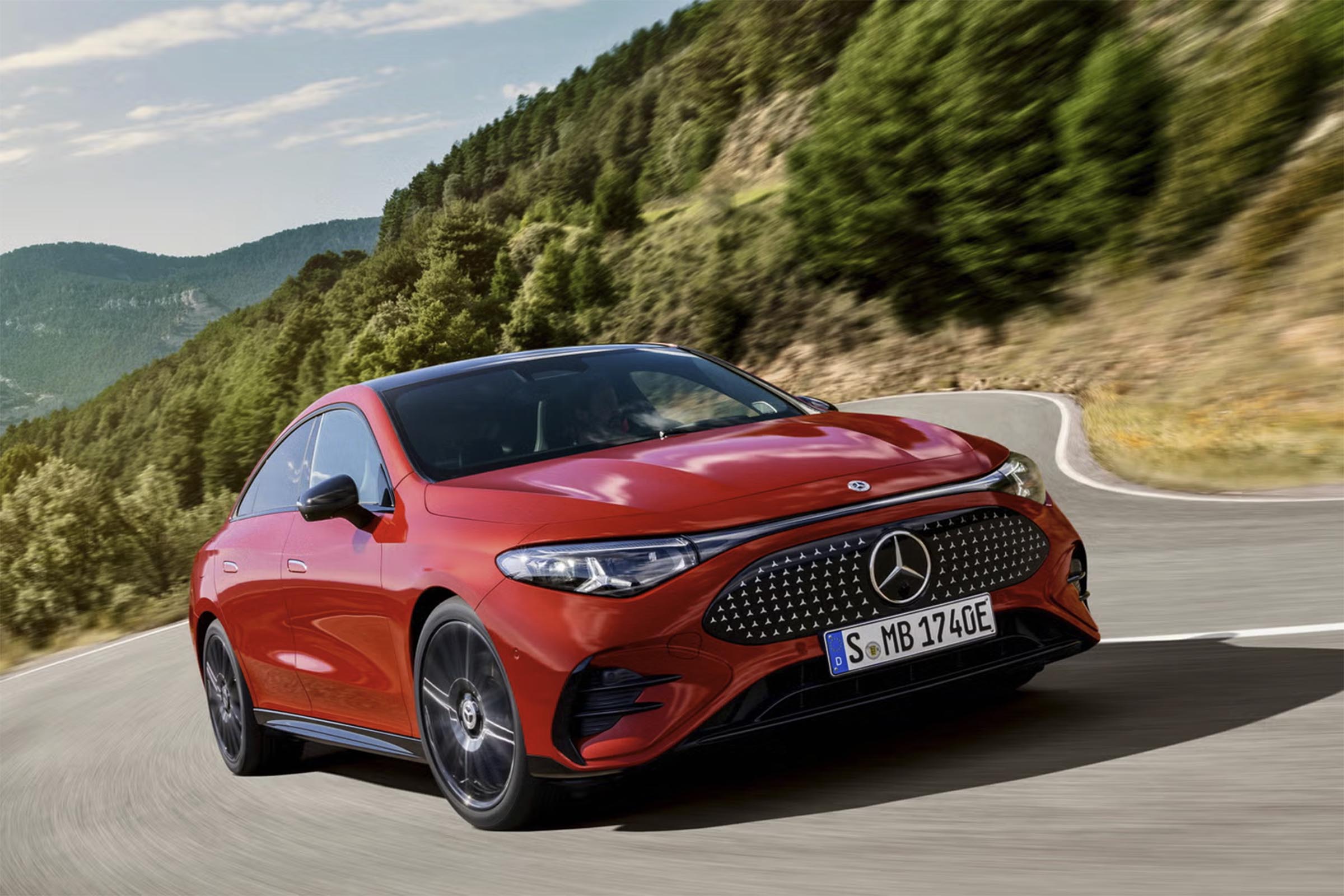
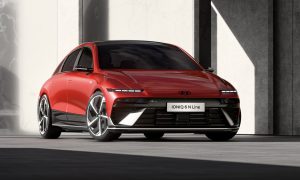


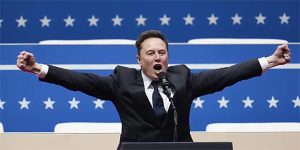
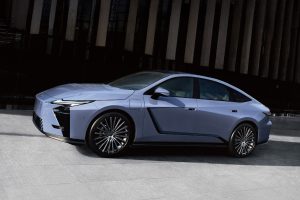





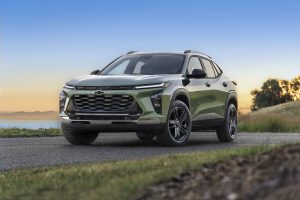
0 Comments